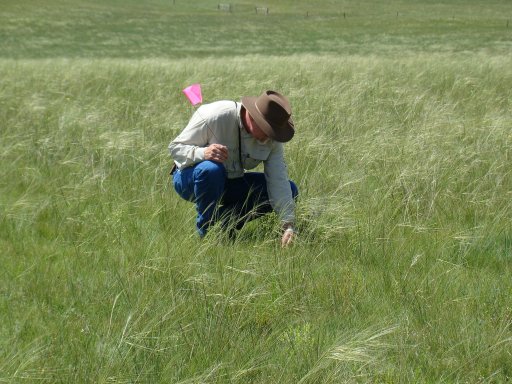
By Aaron Berger, UNL Extension Educator
The USDA Risk Management Agency is once again offering the Pasture Rangeland Forage (PRF) Insurance program for the 2014 crop year to include Nebraska in a Rainfall Index (RI) area. This last year, 2013, was the first year that Nebraska was part of Rainfall Index program.
The Rainfall Index model is based on weather data (precipitation) collected and maintained by the NOAA’s Climate Prediction Center. The index reflects how much precipitation is received relative to the long-term average for a specified grid area during a given two-month time frame.
Factors Affecting Insurance Premiums
Insurance premiums and indemnities are based on the level of coverage (70% - 90%) and level of production (60% - 150%) selected by the producer.
Producers can insure their land for either grazing or for haying. For land that is insured for haying, forage production must come from perennial forages such as grass or alfalfa. Annual forages are not eligible under this program. Land insured for haying has a higher premium than grazing land as a higher level of forage production is expected.
Producers using this insurance will need to choose the time periods throughout the year for which they wish to get insurance. There is more information and a decision support tool on the PRF Decision Support Tool page.
Using this tool provides some insights.
Assuming this tool is accurate, the purchase of Pasture Rangeland Forage Insurance for precipitation in the spring/summer of the year would have been a paying proposition for many producers over the last 30 years.
Insuring time periods with the highest levels of precipitation that impact rangeland forage production is the best approach for matching precipitation risk with potential drought impacts.
Factors to Use in Evaluating Use of Insurance
The following are things to know when evaluating this insurance as a possible risk management tool.
1. Land can be insured for grazing or haying using PRF insurance. Acres insured for haying cost more to insure and also pay more when an indemnity occurs.
2. The insurance is subsidized 51 - 59% by the Federal Government depending on level of coverage.
3. Research on rangeland and pasture has shown that April through July precipitation accounts for a majority of the variation in forage production for this region.
4. This insurance product is best utilized over the long term where a producer participates every year and doesn’t try to outguess what the next year will bring.
5. Because the precipitation data is based on NOAA weather recording stations, what occurs at these locations will often differ from rainfall on a producers insured acres. Over the long term these differences and any indemnities that occur due to precipitation deficits should even out.
Pasture Rangeland and Forage Insurance is a risk management tool that producers should consider utilizing to provide income to offset loss of forage production due to drought conditions. The deadline for participating in the PRF Insurance program for 2014 is November 15, 2013.
Other Resources
A UNL NebGuide “Pasture, Rangeland, and Forage Insurance: A Risk Management Tool for Hay and Livestock Producers” (PDF version, 302KB) is available at the UNL Extension Publication website. http://www.ianrpubs.unl.edu/epublic/pages/publicationD.jsp?publicationId=1580
A webinar titled, “Pasture Rangeland and Forage Insurance in Nebraska” that explains how the product works and how it can be used in Nebraska was recorded on October 1. http://beef.unl.edu/web/beef/prf-insurance